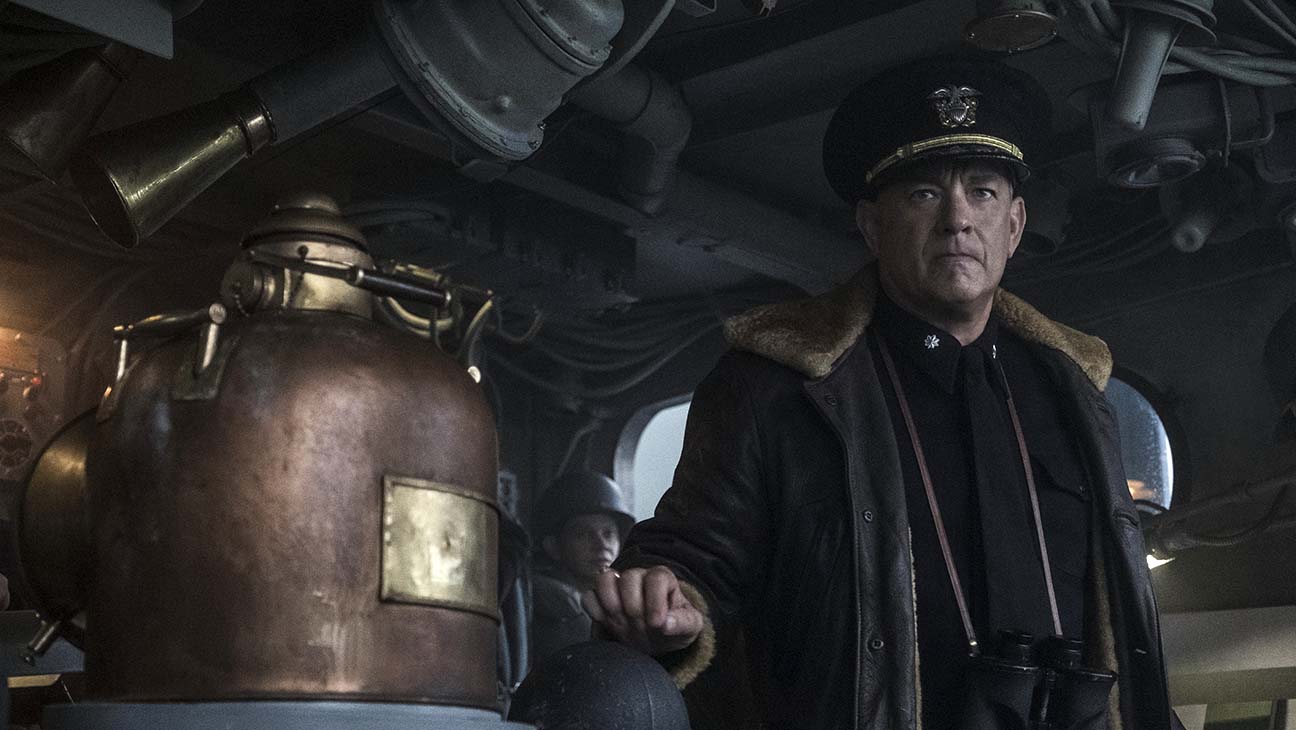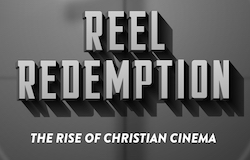Breathless, by Bob Connally
11 Jul

As the grandson of not one but two men who served in the United States Navy during the Second World War and the son of a naval officer who was in the Mediterranean the day I was born, it’s fair to say I have a connection to the world Greyhound takes place in. That being said, my only real experience with naval vessels has been from ship tours and of course, war movies. Greyhound feels a bit different from most seafaring war movies in that its brief 92 minutes are filled to the brim with almost nonstop action. In this sense, it’s a far cry from Das Boot, where it’s around the 90-minute mark of the full miniseries cut before any action even occurs. The resulting film is fast-paced and certainly holds one’s attention though it doesn’t have anywhere near the sense of tension of Das Boot and it’s unlikely to have the high rewatchability in years to come of The Hunt For Red October.
Based upon the 1955 C.S. Forester novel The Good Shepherd, Greyhound is not a true story but rather the entirely fictional tale of Commander Ernest Krause (Tom Hanks, who also wrote the screenplay), an officer on his first mission at war in 1942. Krause has just said goodbye to the woman he loves (Elisabeth Shue in a short scene) and now finds himself in command of a destroyer, USS Keeling, a ship with the call sign of Greyhound. A devoutly Christian man, Krause pauses to pray silently, closing with an audible, “Amen,” whenever he is served food on deck. He ultimately never pauses to eat the food mind you. Inevitably work interferes.
At the head of a convoy of 37 ships, Keeling is heading into a portion of the North Atlantic in which ships will have no air cover for a few days. This makes them more vulnerable to German U-boats (the kind of submarine featured in the aforementioned Das Boot) and it’s not long before Krause and his crew are confronted by some.
Directed by Aaron Schneider (his first film since 2009’s Get Low), Greyhound, while fairly entertaining as an almost entirely breathless action movie, could have used the touch of a filmmaker with more of a knack for making the pace taut as opposed to simply fast. Conversely, the movie also could have benefitted from more character moments, particularly early on before the action gets going. Despite not really spending much time getting into these characters, Hanks and Schneider do a pretty decent job of giving us a good sense of who Krause is. It’s the other men aboard the ship who could have really been well served by taking about 15 minutes to develop in the film’s early going. Greyhound would still come in at well under 2 hours and we would feel much more personally connected to these characters once the U-boats begin their attack. That alone could have added to that sense of tension that is largely absent from the film.
Aside from Hanks, the rest of the crew of the Keeling (save Stephen Graham) are played by mainly unfamiliar faces. While never the showiest actor anyway, this is a subdued performance even for Hanks. He conveys Krause’s sense of a man clearly maintaining the trust of his men while also struggling with his own sense of certainty. He also takes no pleasure in the destruction of an enemy U-boat, pained by the loss of those “souls” aboard, as he himself puts it. While unlikely to be remembered as one of his greatest performances, his work here is just another example of how dependably great of an actor Tom Hanks has been for nearly 40 years.
Going straight to Apple TV+ (I signed up for the one-week free trial specifically so I could watch this), Greyhound’s reach is going to be limited and while I can say it’s a pretty good movie, it is also one that could have been so much more intense and soul-stirring. Worth your time but unless you’re a real World War II or naval action buff, it’s not mandatory viewing.



No comments yet